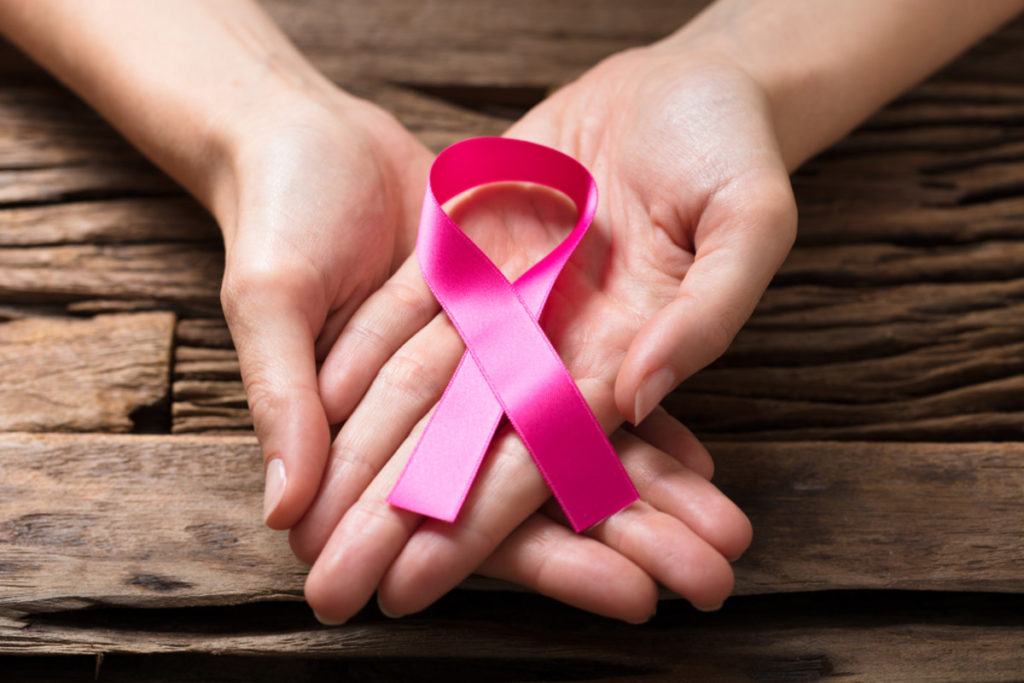Intro

October is may be known for Halloween, Inktober, or being the month when fall finally knocks our doors. Nevertheless, Pinktober is also known for being the Breast Cancer Awareness month. Breast cancer may be a topic we usually fear discussing, but fear will only make things worse, at least for some of us. Getting to know and understanding the fatal beast is the best way to fight back. That’s why we did the homework for you and got you eight things you really need to know about breast cancer.
What is breast cancer?

Cancer, in general, is a class of diseases that are known for abnormal cells that grow and invade healthy cells in the human body. The process of cell growth that results into building tissues may sometimes go wrong forming new unneeded cells while the old damaged ones do not die as they were supposed to. This results into cells building up causing a lump or what is known as a tumor. Those malignant lumps can be found in the form of breast cancer and may also spread to different parts of the body through blood or lymph vessels.
Breast cancer is women’s most common form of cancer
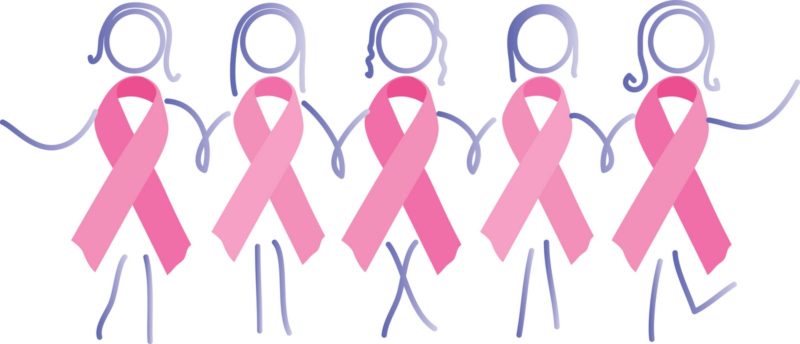
Breast cancer is the most commonly diagnosed form of cancer and also the second cause of cancer death among women. Hence, the matter is serious and should not be taken for granted.
Symptoms
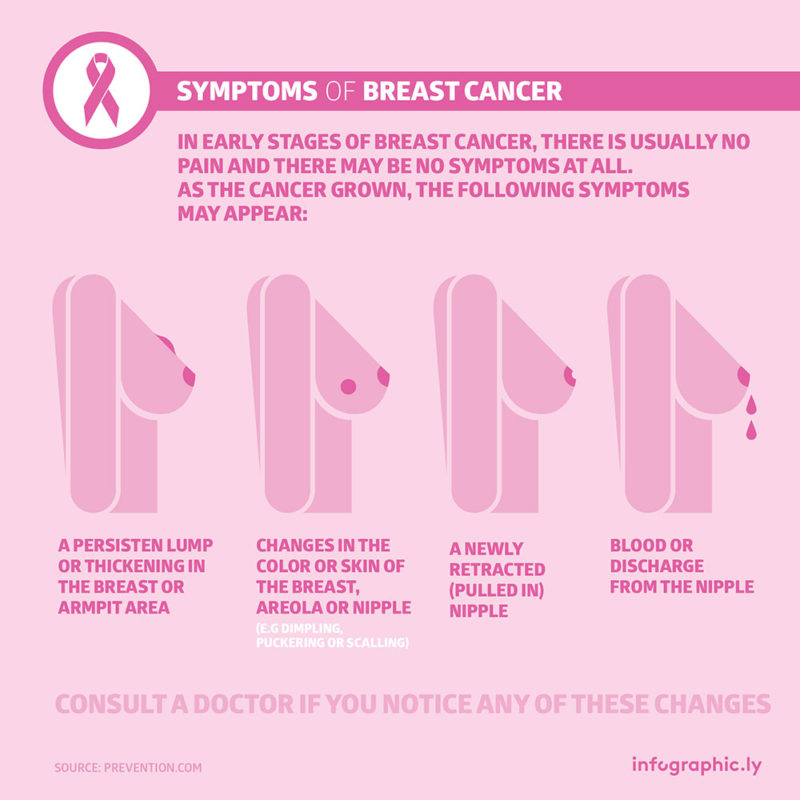
If any change in the appearance or feel of the breast or nipples or if any unexplained nipple discharge is detected, it’s recommended to see a doctor and run tests.
Risk Factors

There are two kinds of risk factors; environmental, which could be avoided, and genetic, which unfortunately cannot be avoided. Environmental risk factors include having an unhealthy lifestyle like having a poor diet, lack of exercise, obesity, and alcohol consumption. On the other hand, genetic factors may include family history with the disease, personal health history, and gender, of course. Menstrual and reproductive history also plays a role. For instance, whether you’ve ever given birth or not, late menopause, or the case of early menstruation before the age of 12 are all risk factors.
Types of tumors
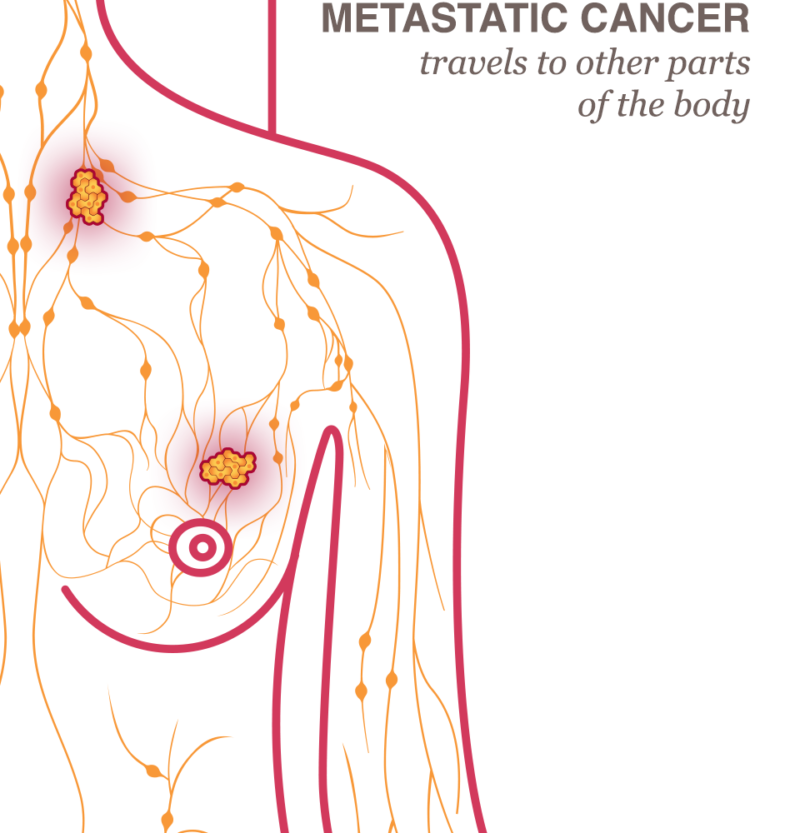
Tumors could be benign, meaning that they aren’t cancerous. They are removed in case of complications and causing stress on other body organs. On the contrary, there are malignant tumors which are aggressive and cancerous tumors that affect the surrounding tissues. When cancer cells of malignant tumors have the ability to spread to other parts of the body, it’s called metastatic cancer.
Tumor grades are not the same as cancer stages
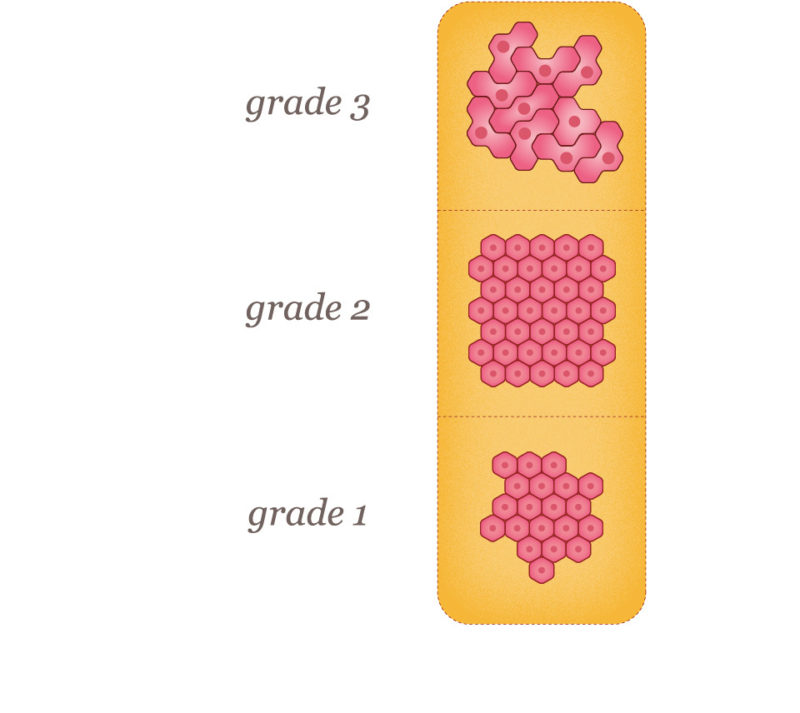
Both terms are not to be confused. Tumor grades are used to identify the best treatment plan, meaning that a lower grade indicates a higher possibility for a full recovery. The grading scale from one to three shows the severity of the mutation and the aggressiveness of the tumor.
Men could be diagnosed with breast cancer as well
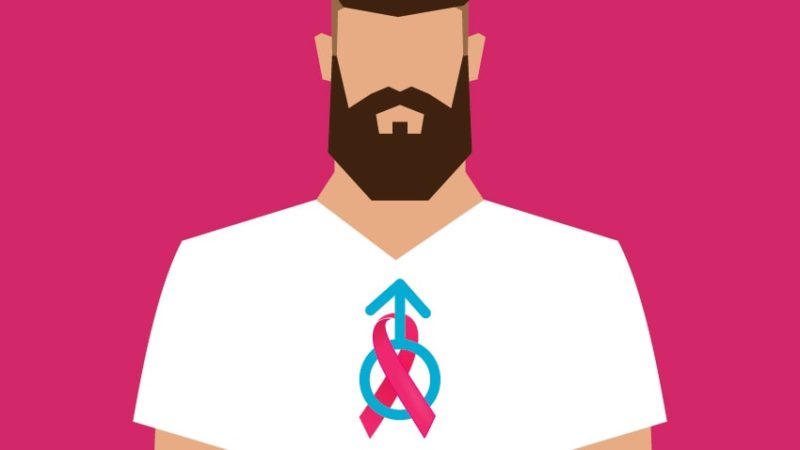
As men are also born with breast tissues, they are also prone to be diagnosed with the fatal disease. However, it’s extremely rare to occur but because of this, the probability of death is higher due to late detection and treatment.
Myths
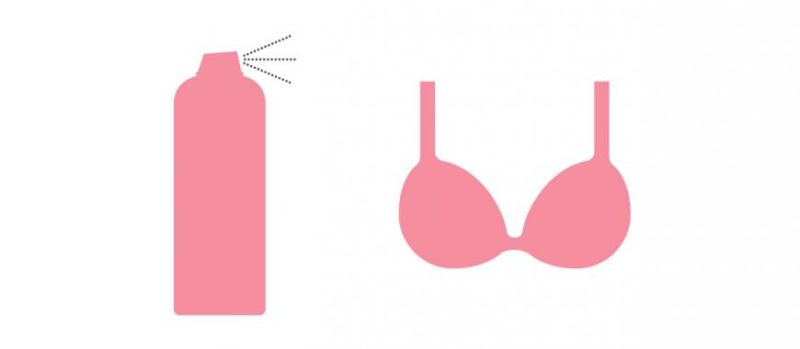
Deodorants, antiperspirants, caffeine, cell phones, microwaves, and underwire bras DO NOT cause breast cancer.


